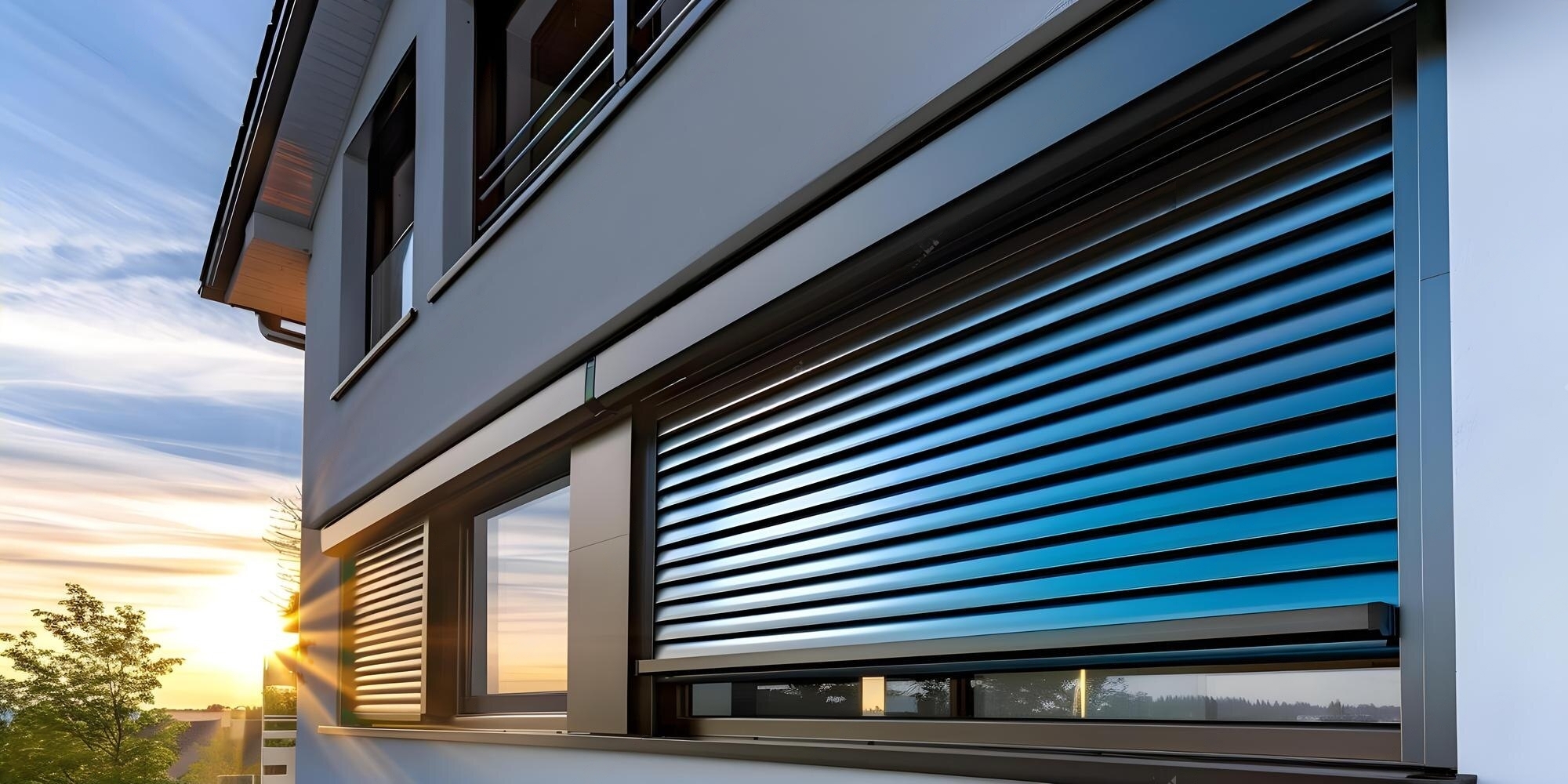Top Acoustic Solutions for Walls: How to Soundproof Your Space Like a Pro

In today's world, where distractions abound and noise pollution is a growing concern, creating a peaceful environment in our homes and workplaces is more important than ever. Whether you're a musician seeking the perfect recording studio, a homeowner wanting to minimize external noise, or a business aiming to enhance productivity, soundproofing your space can make a significant difference. This article delves into the top acoustic solutions for walls and provides professional insights on how to effectively soundproof your space.
Understanding Soundproofing Basics
Before diving into specific solutions, it’s crucial to understand the basics of soundproofing. Sound travels through air, solids, and even liquids. Therefore, the goal of soundproofing is not just to block noise but to manage sound waves and vibrations. The two primary concepts in soundproofing are sound absorption and soundproofing.
- Sound Absorption: This refers to materials that absorb sound waves, preventing them from bouncing off surfaces and creating echoes. These materials are often soft or porous, such as foam panels, carpets, and heavy curtains.
- Soundproofing: This involves adding mass or isolating sound paths to prevent sound from passing through walls, ceilings, and floors. This can be achieved through various construction techniques and materials.
Top Acoustic Solutions for Walls
1. Acoustic Panels
One of the most effective acoustic solutions for improving sound quality and reducing noise is the use of acoustic panels. These panels, made from sound-absorbing materials, can be installed directly onto walls to optimize acoustics.
- Material Types: Acoustic panels come in various materials, including fiberglass, foam, and polyester. Each type has different absorption properties, so it’s essential to choose the right one based on your specific needs and the acoustic solutions you’re implementing.
- Design Options: Beyond their primary function, acoustic panels can also enhance the aesthetics of your space. Available in numerous colors, shapes, and sizes, they allow you to create a visually appealing design that complements your decor while effectively addressing sound issues.
- Installation Tips: For optimal results with these acoustic solutions, place panels at first reflection points—areas where sound waves first bounce off surfaces. This strategic placement significantly reduces echo and enhances overall sound quality.
2. Mass-Loaded Vinyl (MLV)
Mass-Loaded Vinyl (MLV) is a popular choice for soundproofing walls due to its density and flexibility. This material can be added to existing walls or used in new constructions.
- How It Works: MLV adds mass to your walls, which helps block sound transmission. The heavier the material, the better it can attenuate sound.
- Application: MLV can be installed under drywall or on top of existing surfaces. Ensure proper sealing of seams to prevent sound leaks, which can undermine the effectiveness of the soundproofing.
- Advantages: One of the significant benefits of MLV is its thin profile, allowing it to be used in spaces where you want to avoid adding bulk.
3. Resilient Channels
Resilient channels are metal strips that decouple drywall from the underlying structure. This installation technique helps to minimize the transfer of sound vibrations through walls.
- How They Work: By creating a gap between the drywall and the wall studs, resilient channels reduce the amount of sound that travels through the structure. This decoupling is crucial in achieving effective soundproofing.
- Installation Guidelines: When installing resilient channels, ensure that they are applied perpendicular to the studs. Follow the manufacturer’s guidelines for spacing and attachment to maximize sound isolation.
- Best Uses: Resilient channels are particularly effective in new constructions or during major renovations, where you can easily access wall studs.
4. Soundproof Drywall
Specialized soundproof drywall is another excellent option for those looking to enhance wall soundproofing. This type of drywall incorporates sound-damping technologies to reduce noise transmission.
- How It Works: Soundproof drywall typically contains additional layers of gypsum and a viscoelastic polymer. This composition helps absorb sound energy, resulting in less sound passing through.
- Installation: To maximize the effectiveness, consider using soundproof drywall in conjunction with resilient channels or MLV for enhanced results.
- Cost-Effectiveness: While soundproof drywall may be more expensive than standard drywall, the investment often pays off in terms of reduced noise levels and increased comfort.
5. Green Glue
Green Glue is a viscoelastic compound used between two layers of drywall to dampen sound. It’s easy to apply and provides a significant boost to soundproofing efforts.
- Application: Simply apply Green Glue between two sheets of drywall before fastening them to the studs. The compound remains flexible, which helps absorb sound vibrations.
- Performance: Studies show that using Green Glue can reduce sound transmission by up to 90%. It’s especially effective for home theaters, music studios, and noisy workspaces.
- Environmental Impact: Green Glue is also a more environmentally friendly option compared to traditional soundproofing materials, making it a popular choice among eco-conscious consumers.
6. Soundproofing Curtains
While not a wall solution per se, soundproofing curtains can complement your overall soundproofing strategy. These heavy, dense curtains can help block outside noise and absorb sound within a room.
- Material Considerations: Look for curtains made from thick, heavy fabrics, and those specifically labeled as soundproof or acoustic. These will be more effective at reducing noise transmission.
- Placement: Hang soundproof curtains over windows and doors to minimize noise intrusion from the outside. They can also be used to partition off areas in larger rooms for added sound control.
- Aesthetic Appeal: Beyond their soundproofing benefits, soundproof curtains can enhance the look of a room, providing both style and functionality.
7. Specialized Wall Treatments
For those looking for a more artistic approach, consider specialized wall treatments such as soundproof wall coverings or custom art panels that double as sound absorbers.
- Textured Wall Panels: These can be made from materials like wood or fabric, which absorb sound while also adding character to your space.
- Acoustic Artwork: Companies now offer custom acoustic panels that can be designed to feature artwork or graphics, merging functionality with aesthetic appeal.
- Integration with Interior Design: When selecting these treatments, consider how they fit into your overall interior design to create a cohesive look that doesn’t compromise on sound quality.
Conclusion
Soundproofing your space doesn’t have to be a daunting task. By understanding the various acoustic solutions available for walls, you can create a peaceful environment tailored to your specific needs. From acoustic panels and MLV to resilient channels and specialized drywall, each option brings its unique benefits and applications.
Remember that effective soundproofing often involves a combination of techniques and materials. As you embark on your soundproofing journey, keep in mind the specific noise issues you are addressing and choose solutions that align with your goals. With the right approach, you can achieve a professional level of soundproofing, ensuring a serene and productive space for work, creativity, or relaxation.
Note: IndiBlogHub features both user-submitted and editorial content. We do not verify third-party contributions. Read our Disclaimer and Privacy Policyfor details.







